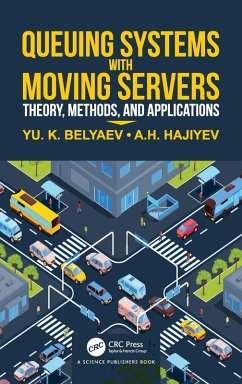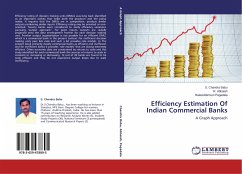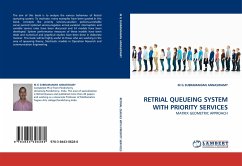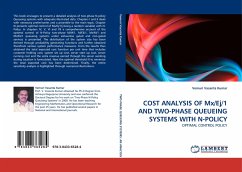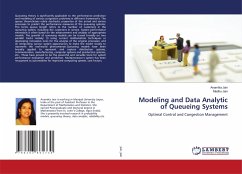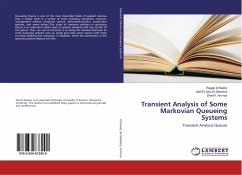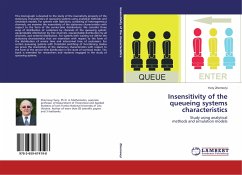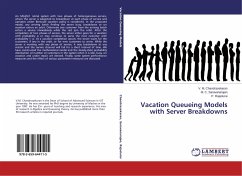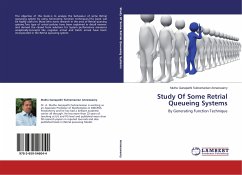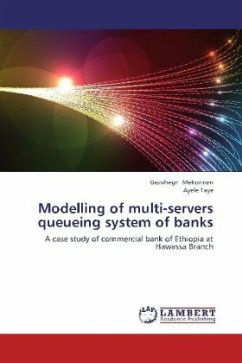
Modelling of multi-servers queueing system of banks
A case study of commercial bank of Ethiopia at Hawassa Branch
Versandkostenfrei!
Versandfertig in 6-10 Tagen
32,99 €
inkl. MwSt.

PAYBACK Punkte
16 °P sammeln!
The purpose of this study was to assess and model the stochastic nature of customer services provided by Commercial Bank of Ethiopia at Hawassa Branch. The study design adopted here was longitudinal. It considered the number of customers getting service in the Bank at time of 8:00 am to 4:00 pm for each working day from November 1-30, 2010.M/M/N model of queueing theory and non-linear regression models were used to analyze the data. Results from M/M/N indicated that the arrival rate was the highest in all weeks during the afternoon period from 2:00pm-4:00pm except Monday but it was the lowest ...
The purpose of this study was to assess and model the stochastic nature of customer services provided by Commercial Bank of Ethiopia at Hawassa Branch. The study design adopted here was longitudinal. It considered the number of customers getting service in the Bank at time of 8:00 am to 4:00 pm for each working day from November 1-30, 2010.M/M/N model of queueing theory and non-linear regression models were used to analyze the data. Results from M/M/N indicated that the arrival rate was the highest in all weeks during the afternoon period from 2:00pm-4:00pm except Monday but it was the lowest during the lunch period from 11:30am-2:00pm. From steady-state probability of customers in the bank system, for every day throughout the month the maximum limiting probability existed before the number of customers becomes greater than the number of counter. The non-linear regression model output also supported the results of M/M/N model in predicting mean number of customers in the system, mean queue length, waiting time in queue and in the system. It is recommended that longitudinal studies need to be done to identify the busy and idle period within the month throughout the year.



